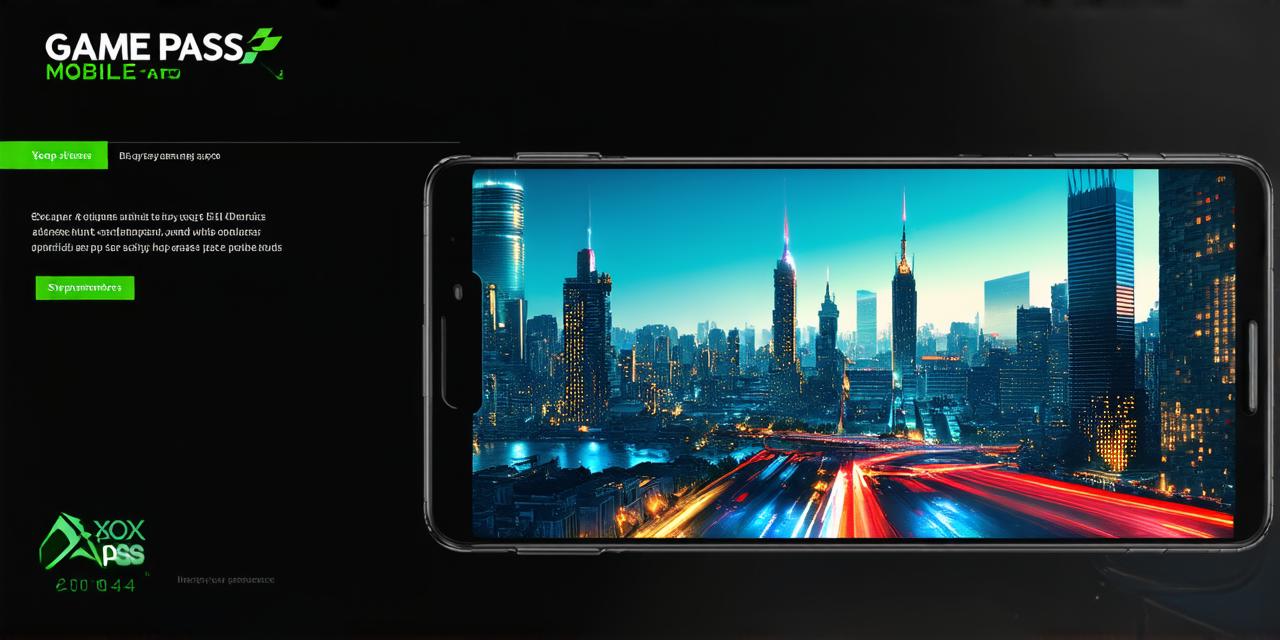As mobile gaming continues to grow in popularity, many game developers are looking for ways to make their games accessible and engaging on this platform. In this guide, we will explore the key steps you can take to create a successful game pass on mobile, including tips for optimization, monetization, and user engagement.
1. Understand Your Target Audience
The first step in creating a successful game pass on mobile is understanding your target audience. Who are they? What types of games do they enjoy playing? What are their preferences when it comes to pricing and subscription models? By answering these questions, you can tailor your game and its features to meet the needs and wants of your users.
2. Choose the Right Monetization Model
Once you have a clear understanding of your target audience, it’s time to choose the right monetization model for your game. There are several options available, including in-app purchases, ads, subscriptions, and more.
In-app purchases are a popular choice for mobile games, as they allow users to purchase virtual goods or currency within the game. This can be an effective way to generate revenue, but it’s important to strike a balance between offering valuable content and not overwhelming your users with too many options.

Ads are another option for monetizing your game, but they can be controversial and may turn off some users. If you do decide to include ads in your game, make sure they are non-intrusive and relevant to the user’s experience.
Subscriptions are a more traditional method of monetization, and can be an effective way to generate recurring revenue from your users. However, it’s important to offer enough value in your subscription package to justify the cost for your users.
3. Optimize Your Game for Mobile
In order to create a successful game pass on mobile, you will need to optimize your game for this platform. This includes ensuring that your game is designed with touchscreens in mind, and that it runs smoothly on a variety of devices and operating systems.
One key aspect of optimizing your game for mobile is designing intuitive controls. Touchscreens can be tricky to use, so make sure that your controls are clear, easy to understand, and responsive. You may also want to consider adding features such as haptic feedback or voice commands to enhance the user experience.
Another important aspect of optimization is ensuring that your game runs smoothly on a variety of devices and operating systems. This can be challenging, as mobile gaming platforms are constantly evolving and new devices are being released all the time. However, by testing your game thoroughly on a variety of devices and using tools like Unity’s cross-platform capabilities, you can ensure that your game is optimized for the widest possible audience.
4. Engage Your Users
Creating a successful game pass on mobile is not just about making money – it’s also about engaging your users and keeping them coming back for more. There are several ways to do this, including offering regular updates and new content, creating social features that allow users to connect with each other, and providing incentives for user retention.
